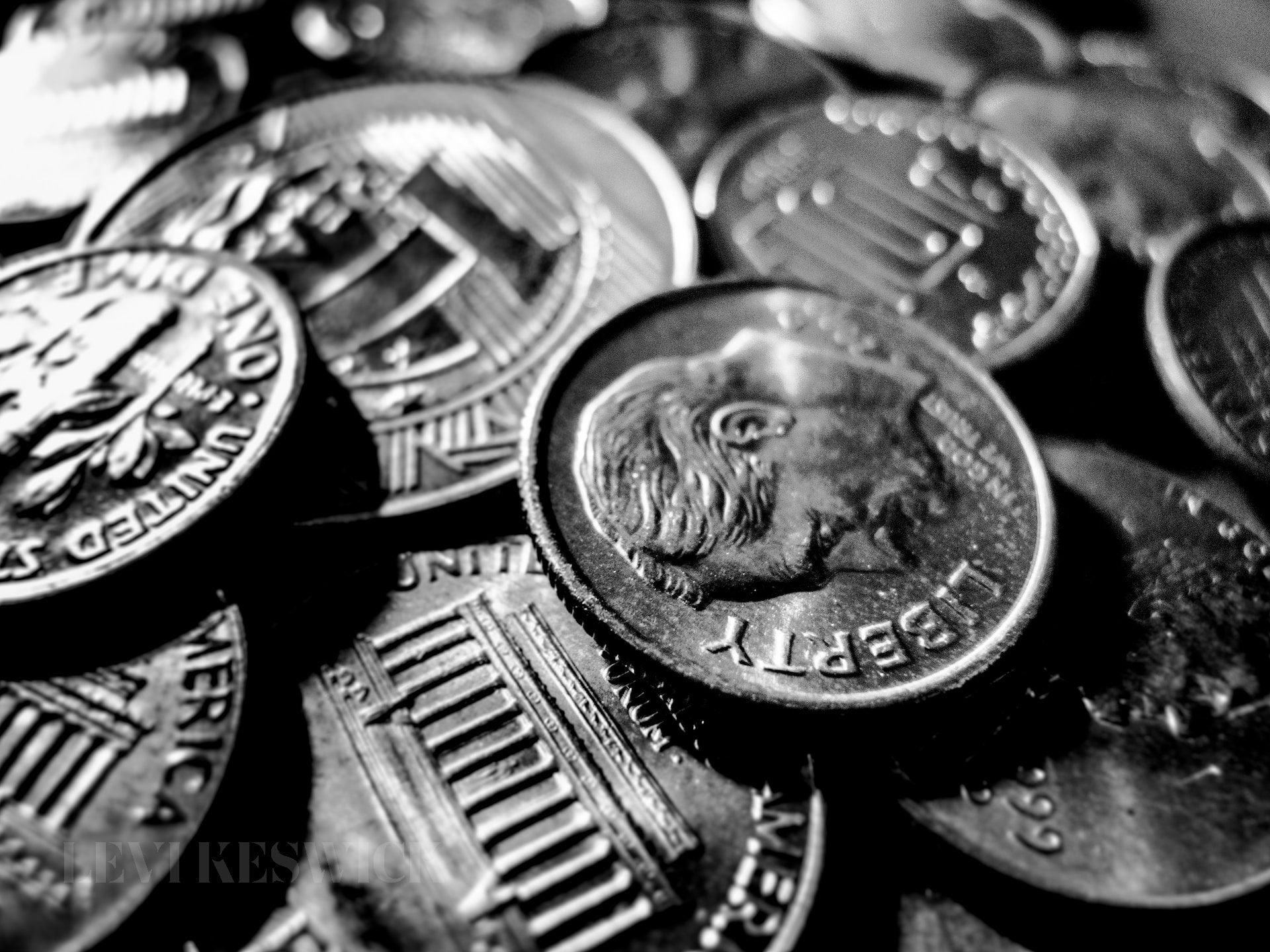Key takeaways:
- The 1963 nickel, part of the Jefferson Nickel series, remains an intriguing element for coin collectors worldwide due to its rich history, aesthetic design, and potential for rare errors.
- An understanding of the 1963 nickel error list and the nuances of the minting process can add an extra layer of fascination to your collecting hobby.
- Although the majority of the 1963 Jefferson nickels aren’t rare, the value of specific coins can vary considerably due to condition, mint marks, and errors.
- Collectors and enthusiasts often focus on mint state and proof variants, which may possess a higher market value compared to regular strikes.
- ‘Full Steps’ designation, indicating a well-struck and preserved Monticello staircase on the reverse, significantly enhances a coin’s value.
From its inception in 1938, the Jefferson Nickel has been a cornerstone of American coinage, captivating collectors and history enthusiasts alike. Particularly noteworthy is the 1963 Jefferson nickel, a coin that possesses its unique charm and value. This article will explore this coin’s history, design, and importance in the 1963 nickel error list, adding a new dimension to your numismatic knowledge.
The Intriguing History of the 1963 Jefferson Nickel
The Jefferson nickel series commenced in 1938, marking the end of the Buffalo nickel’s reign. The United States Mint made this transition with an open competition for the new nickel design, anchored around two primary themes – President Thomas Jefferson’s portrait on the obverse and the Monticello mansion, Jefferson’s architectural masterpiece, on the reverse.
Felix Schlag, a German immigrant, won the competition and the $1,000 prize with his unique design. Although Schlag’s obverse design was readily accepted, the officials requested several modifications to the reverse. The finalized design has since stood the test of time, with minor variations in the coin’s composition due to events such as World War II.
Key Features of the 1963 Jefferson Nickel
The 1963 Jefferson nickel design is a testament to simplicity and elegance. The obverse hosts a left-facing portrait of President Jefferson, sporting a high-collared coat and hair tied in a ponytail. Two inscriptions surround the portrait: ‘IN GOD WE TRUST’ and ‘LIBERTY,’ along with the minting year.
The reverse, a stark contrast, is rich in details, featuring the Monticello building. Latin sayings, the mansion’s name, ‘UNITED STATES OF AMERICA,’ and the denomination ‘FIVE CENTS’ complement the illustration. The coin consists of a nickel-copper alloy, weighs 0.1764 ounces (5 g), and has a diameter of 0.8346 inches (21.2 mm).
Understanding the 1963 Nickel Error List and Value Guide
Even though the 1963 nickel’s production was substantial, the value varies significantly based on the coin’s condition, mint marks, and presence of any errors. Coins minted in Philadelphia (no mint mark) and Denver (marked with ‘D’) show a considerable difference in market value. Similarly, proof versions minted in Philadelphia carry different prices due to their superior strike quality and limited production.
An aspect often sought after by collectors is the ‘Full Steps’ designation. It signifies a well-struck reverse showcasing the clear steps of the Monticello mansion, dramatically increasing a coin’s value.
However, the most intriguing aspect for many collectors revolves around the potential for errors. The 1963 nickel error list includes unique coins struck with a die error or anomalies that occurred during the minting process. These coins, although rare, are a prized possession for collectors and can fetch significantly higher prices.
Conclusion
The 1963 Jefferson nickel, with its rich history and potential for unique errors, serves as a fascinating piece for collectors worldwide. Despite the relative commonality of these coins, specific versions — such as those with rare minting errors or the ‘Full Steps’ designation — can prove quite valuable, making them a sought-after treasure for any numismatic enthusiast.
By understanding the elements that contribute to the value of these nickels — including their place in the 1963 nickel error list — collectors can make informed decisions while enhancing their appreciation for the nuances of numismatics. The 1963 Jefferson nickel, in its enduring simplicity and charm, indeed offers a small but tangible way to connect with the rich tapestry of American history.








